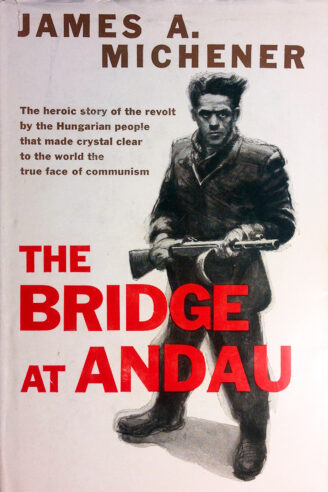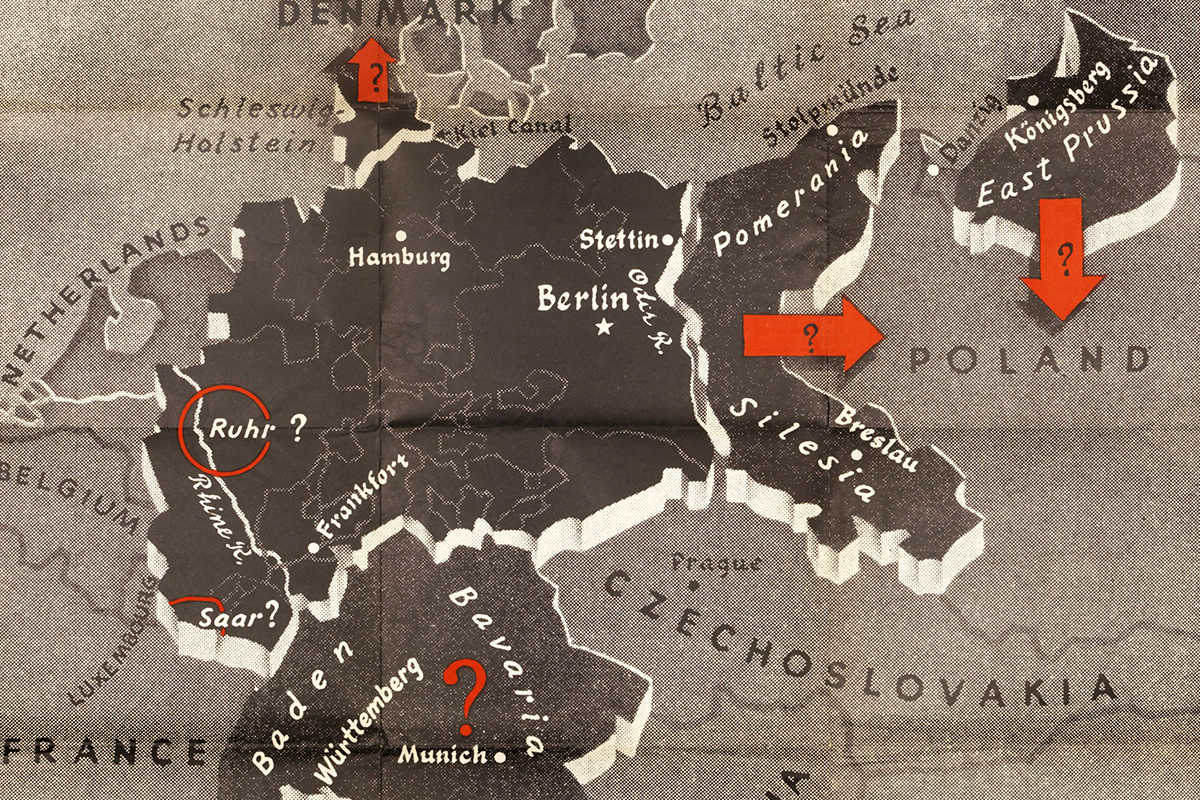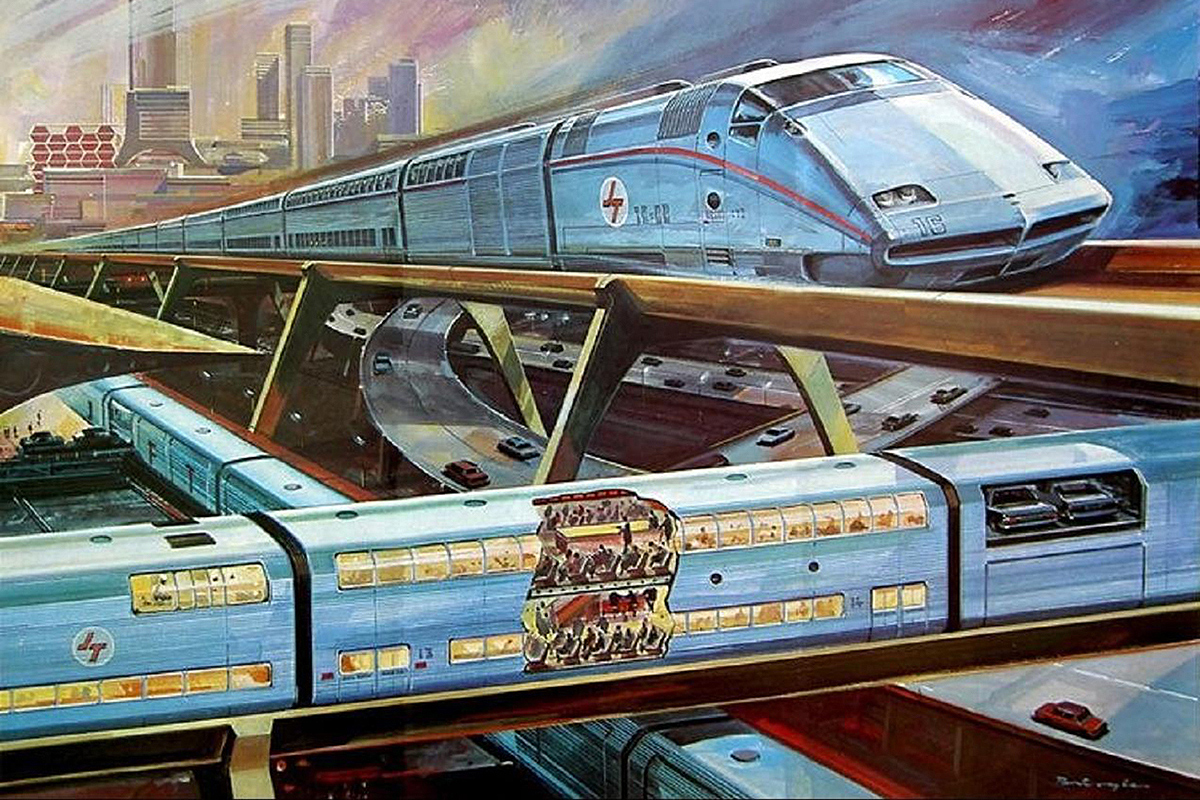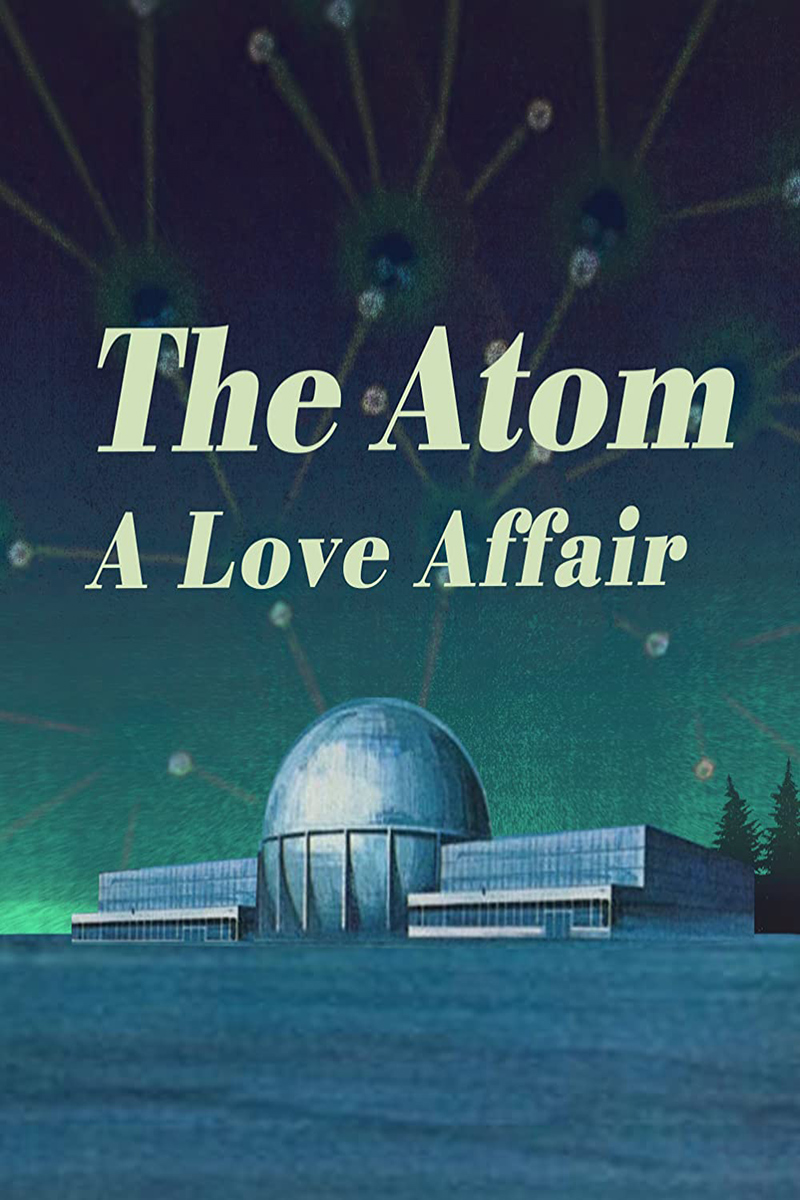If James Michener is remembered for anything these days, it is for his epic historical novels that regularly pass the thousand-page mark. He was an historical writer in a grand tradition, one that has suffered from the declining attention spans of the digital age.
But he was also capable of writing leaner books that were just as gripping as his generational sagas. Caravans, his novel about Afghanistan, is one. Another is The Bridge at Andau, which is somewhat hard to categorize.
I found this book in the nonfiction history section of my local library, but the interior note with the publication information says it is a work of historical fiction. It is, puzzlingly, both.
Michener was a journalist covering the events around which the book is based; he was standing there at the titular bridge at one point. He interviewed a great many survivors of the events he covers, and the book is in large part based on their testimonies. Many of his sequences involve anonymized versions of real people, or composites thereof.
That event was the 1956 Hungarian Revolution and its brutal suppression by the Soviet Army. It is the story of a puppet state, essentially a colony, rebelling against its imperial overlord, and being brought back into line under the treads of tanks. (An act that is the origin of the political pejorative “tankie”.) Michener turns it into a valiant but doomed struggle, and the revolutionaries into martyrs of freedom.
Both Michener’s journalistic and novelistic skills are on full display here. He has a spellbinding ability to put you in the middle of the chaos as Budapest is strangled by its invaders. He knows exactly which points of view to use and exactly which details to include to make the experience engrossing and heart-rending. He builds up a portrait of Hungary as a wonderful land, and of Budapest as a rich, vibrant city. He gives you a sense of the history that this country has been through, just as Soviet tanks and infantry are massing on the border.
Michener brings an authenticity to the story that could only have come from being close to the events he describes. Especially toward the end of the book, when Michener reports from the bridge near the Austrian border over which so many Hungarians fled the Red Army. Knowing that the characters are based on real people lends a gravitas to the events a fictionalization would not have. Even the most obviously fictional character, a secret policeman, has an air of reality, for he is based on conversations Michener had with refugees.
The Bridge at Andau was published in 1957, only a year after the revolution. It is clearly a book of the 50s. There is a reserved triumphalism about America and the American way of life. Michener will never hesitate to say it is better than its Soviet counterpart. This doesn’t mean he is uncritical of the United States. He gives time to Hungarian anger that America didn’t do more during the invasion. He calls anyone who believes there are no people like the secret policeman he describes in America naive. He also has an incorrect description of the origin of the term “Hungarian” and some of his language used in regards to those from the Asiatic parts of the Soviet Union is questionable.
The Bridge at Andau is history told not quite live, but very close to events. It is a story of valiant heroism and tragic failure. It is history written as if by lightning bolt. It is a spellbinding book, one that deserves to be remembered.






1 Comment
Add YoursI read this book in high school and had forgotten the title, but not the emotions it stirred. I have searched for it in the midst of the Russian attack on Ukraine. The bravery of those who love their country, the injustice of the attack, and the deep pain and disappointment that follow is now all too familiar. Plan to re-read this and share it.